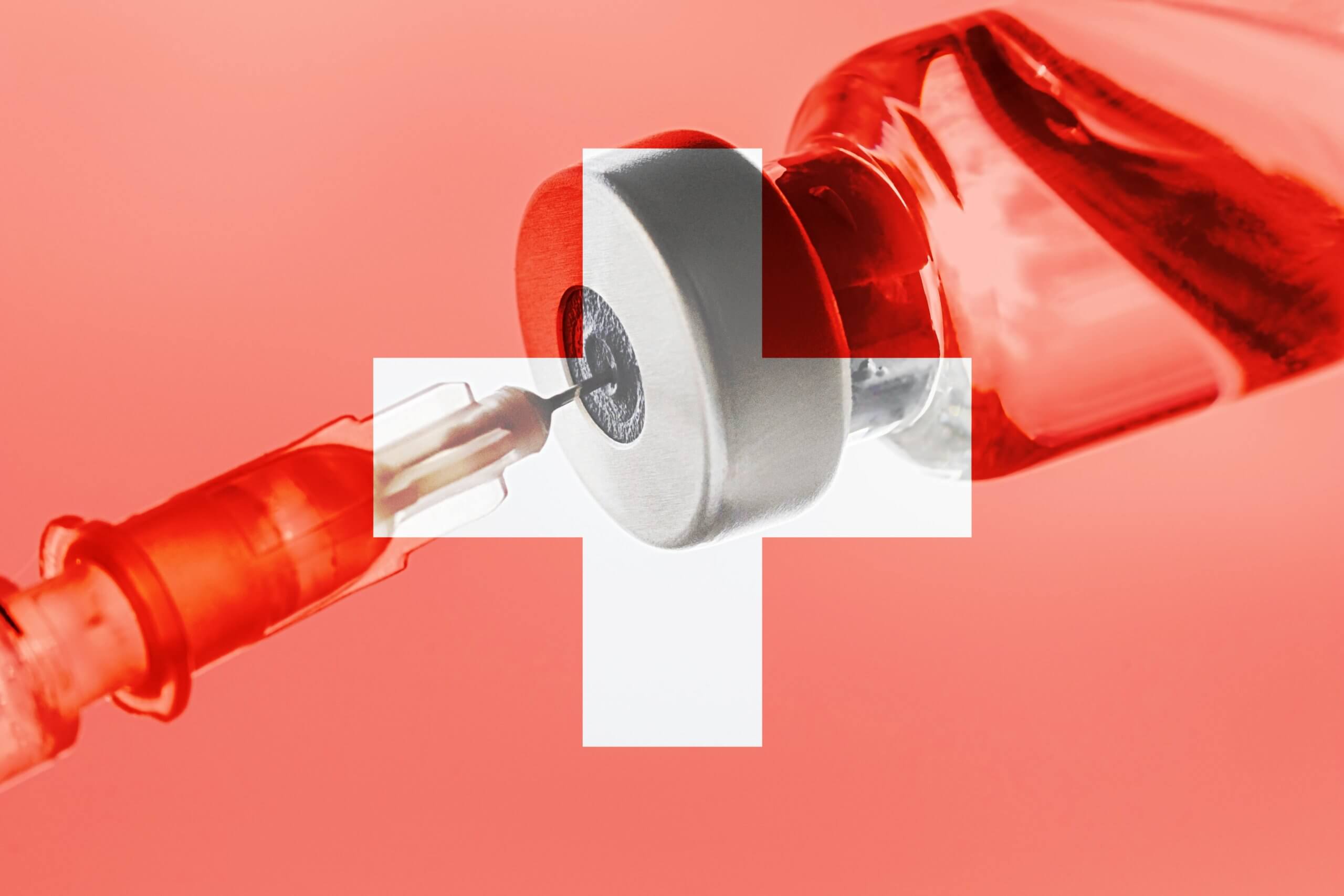Our January 2023 MedTech news roundup covers the latest from Swissmedic regarding its strategic goals for 2023-2026 and advice on the implementation of MDCG 2022-18 in Switzerland, as well as updates from the rest of Europe including MDCG guidance on health institution exemption and how the MHRA has increased UK assessment capacity for IVD devices. You’ll also find news from the FDA and Health Canada spanning a joint eSTAR pilot, the FDA’s advancement of RWD and RWE with user fee funding, FDA guidance on 510(k) submissions for PBM devices, and updated guidance on MCE applications from Health Canada. Read on for more…
The latest from Swissmedic
Swissmedic shares new strategic goals
Swissmedic has published its strategic goals for 2023-2026. The strategy aligns with Swissmedic’s aim to actively support the development of innovative medicines to facilitate the Swiss population’s rapid access to innovative therapies. Ongoing digitisation also features in the strategic document, which recognises that state-of-the-art digital technologies and data-driven work processes enable more efficient drug control and cross-authority / cross-border networking and cooperation. You can download the full document here.
How MDCG 2022-18 is implemented in Switzerland
Swissmedic has shared an information sheet outlining how Switzerland implements MDCG 2022-18: Position Paper on the application of Article 97 MDR to legacy devices for which the MDD or AIMDD certificate expires before the issuance of a MDR certificate.
Swissmedic implements medical device legislation equivalent to the EU to ensure an equivalent level of safety. MDCG 2022-18 aims to achieve a common understanding of and a uniform approach to the application of Article 97 of the MDR in situations where a legacy device has a “certification gap” – i.e., it doesn’t conform with the MDR because its certificate issued under the MDD or AIMDD expires before its new certificate under the MDR is issued.
Swissmedic’s info sheet covers the handling of certification gaps according to MDCG 2022-18 in Switzerland, as well as reliance on MDCG 2022-18 confirmations of EU/EEA members states, market surveillance procedures, and free sales certificates. Find out more here.
MedTech news from Europe

MDCG publishes guidance on health institution exemption
The MDCG has published guidance on the health institution exemption under Article 5(5) of the MDR and IVDR. Article 5(5) sets out several rules regarding the manufacture and use of in-house medical devices to provide a basis for their regulatory control and oversight. MDCG 2023-1 provides guidance on the application of some of these rules. Written for healthcare professionals and researchers of health institutions aiming to design, manufacture, modify and use in-house devices, this guidance document also intends to foster harmonised application of Article 5(5) by the national competent authorities. You can read the guidance here.
MDCG shares list of standard fees
Article 50 of the MDR and Article 46 of the IVDR establish the requirement for Notified Bodies to make their standard fees publicly available. Notified Bodies also need to consider Annex VII 1.2.8 of the MDR and IVDR when setting their fees, to ensure their terms and conditions are fair, reasonable, and pay due consideration to the interests of SMEs as defined in Recommendation 2003/361/EC.
You can access the list of fees here.
MHRA increases UK assessment capacity for IVD devices

The MHRA has increased the UK’s capacity to process conformity assessments by extending UL International UK Ltd.’s scope as an Approved Body. The company is now designated to assess most in-vitro diagnostic (IVD) devices. Their designation expansion is part of the MHRA’s ongoing effort to ensure safe and effective IVDs reach the UK public sooner. Find out more here.
MedTech updates & guidance from the US & Canada

FDA & Health Canada launch joint eSTAR pilot
eSTAR is an interactive PDF form that guides applicants through the process of preparing a comprehensive medical device submission. The tool is free, and available for voluntary use by those submitting 510(k)s and De Novos to CDRH.
The FDA and Health Canada are partnering to conduct a joint eSTAR pilot. The joint pilot will test the use of a single eSTAR that can be submitted to both the FDA and Health Canada. Participants selected for the pilot will use the non-In Vitro Diagnostic eSTAR, which follows the structure of the IMDRF Non-In Vitro Diagnostic Device Market Authorisation Table of Contents.
For more information on the partnership and pilot, including how to request participation, see the FDA and Health Canada websites.
FDA seeks public comment on advancing RWD and RWE with user fee funding
In the US, some of the current user fee funding is used to support the National Evaluation System for Health Technology (NEST) premarket Real-World Evidence (RWE) activities. As part of its implementation of MDUFA V, the FDA has announced the opportunity for stakeholders to submit public comments on how any portion of the user fee funding that may be distributed to external organisations other than NEST can be used to further support premarket RWE. The initiative is part of the FDA’s commitment to advancing the development of RWD and use of RWE to evaluate medical device performance. Find out more and submit comments until 30 March here.
FDA shares draft guidance on 510(k) submissions for PBM devices
The FDA has released draft guidance that provides its recommendations on non-clinical testing, clinical studies, and labelling to support premarket submissions for photobiomodulation (PBM) devices (also known as low level light therapy (LLLT) devices).
The guidance applies to Class II PBM medical devices regulated under 21 CFR 878.4810, 878.4850, 878.5400, and 890.5500, as well as PBM components of devices that combine a PBM device with another device, for example electrostimulation source, mechanical massager, or ultrasound.
You can access the draft guidance document here.
Health Canada publishes updated guidance on MCE applications
Due to the remote working conditions prompted by COVID-19, the beginning of 2022 saw Health Canada pilot an electronic version of the manufacturer’s certificate to export (MCE). Following the pilot’s success, the previous paper-based process will now be permanently replaced by the electronic process.
To reflect the new process, Health Canada has updated its guidance regarding applying for a manufacturer’s certificate to export licensed medical devices from Canada. Read more on this here.
That concludes our January 2023 MedTech news roundup. Check back in February for more medical device news and updates.
Found this useful? To receive our MedTech updates direct to your inbox, you can subscribe to our monthly Knowledge update.

